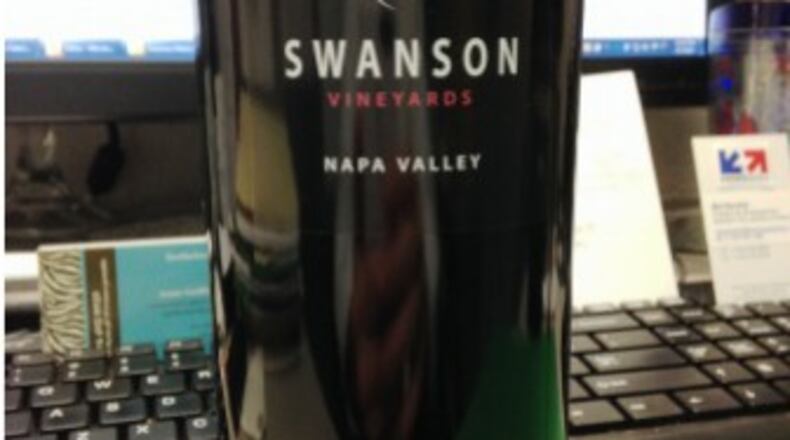Everyone loves an April Fool’s joke, except when it’s played on you. A couple of weeks ago, I received an official-looking press release announcing that the makers of the Oscar-winning movie Sideways were recanting their famous merlot scene, in which the main protagonist, Miles, declares that “I’m not drinking any [darned] merlot!”
It took only a few paragraphs for me to realize the release was a complete fabrication (and the fact I received it on April 1 and the fact that the contact person was Poisson d'Avril, French for April Fool’s). OK, so I’m not the swiftest boat in the regatta.
The point made in the fictitious release by d’Avril (who in reality is Tary Salinger, national sales manager of McManis Family Vineyards in California) is very real. Merlot sales did dive—and have continued to sag—ever since Miles uttered his infamous line in October 2004, but it was not because of the line. That scene merely crystallized what was becoming apparent at the time: there was a lot of crappy merlot being pumped into the market.
“I was head of sales and marketing at Rutherford Hill and Freemark Abbey from 1979 to1985 and the Rutherford Hill Merlot was exploding,” Salinger recalled. “Merlot seemed to be doing as well as any varietal and then I remember an interesting day in either 1993 or 1994 when Kendall-Jackson put out a call for bulk Napa Valley merlot and they were willing to pay $20 per gallon…going rate at the time was $5 to $7 per gallon.”
Growers and winemakers heard the alluring sound of cash registers ringing and jumped on the merlot bandwagon. Merlot was planted everywhere in the late 1990s, including some of the warmest growing areas of California. The result was a lot of unremarkable merlot wines. But that didn’t matter, merlot sales just kept rolling along.
By the early 2000s, if you said you wanted a glass of red wine, you meant merlot. Much of it, using another line from Sideways, was “quaffable but far from transcendent.” The rest of it tasted like the back of a [darned] L.A. school bus, to paraphrase Miles.
Credit: Gil Kulers
Credit: Gil Kulers
“The Sideways effect” on merlot sales is vastly overstated (merlot sales were already slowing down significantly prior to the movie’s release). A 2008 study by American Association of Wine Economists showed only the slightest correlation between Sideways and stagnating merlot sales. For whatever reason these days, merlot is still walking in the desert, popularity-wise and image-wise. I have guests in my dining room today that, like Miles, vehemently, if not so profanely, state they do not drink merlot.
All of this merlot bashing makes me sick. Sure, there still is a bunch of merlots out there that taste like tar laced with turpentine (another Miles-ism). But, now as then, there are some beauties out there to curl the toes of the most ardent cabernet sauvignon lover.
“[T]he quality of California Merlot is better than ever,” Salinger said. “The movie Sideways just kept some of that downward momentum going and it certainly takes time to gain the consumer’s confidence back.” And that’s no joke.
Gil Kulers is a sommelier and maitre d’ for an Atlanta country club. You can reach him at gil.kulers@winekulers.com.
2013 McManis Family Vineyards Merlot, California
- $13
- Two Thumbs Up
- Friendly aromas of black cherry and cola. Juicy flavors of dark berries, ripe plum and blackberry cobbler. Very quaffable.
2011 Swanson Vineyards Merlot, Napa Valley
- $35
- Two Thumbs Way Up
- Intense aromas of dark berry fruit, cola and a subtle smokiness. This full-bodied red offers flavors of blackberry, black cherries and lots of spice notes. It is big but it is balanced and opened up considerably over three hours.
Note: Wines are rated on a scale ranging up from Thumbs Down, One Thumb Mostly Up, One Thumb Up, Two Thumbs Up, Two Thumbs Way Up and Golden Thumb Award. Prices are suggested retail prices as provided by the winery, one of its agents, a local distributor or retailer.
About the Author
The Latest
Featured



